In Photos: Cave of the Underworld
Hades Cave

A giant cave called Alepotrypa that might have helped serve as the inspiration for the mythic ancient Greek underworld Hades may have supported complex settlements in its heyday. Here, the cave's main chamber.
Studying a Cave
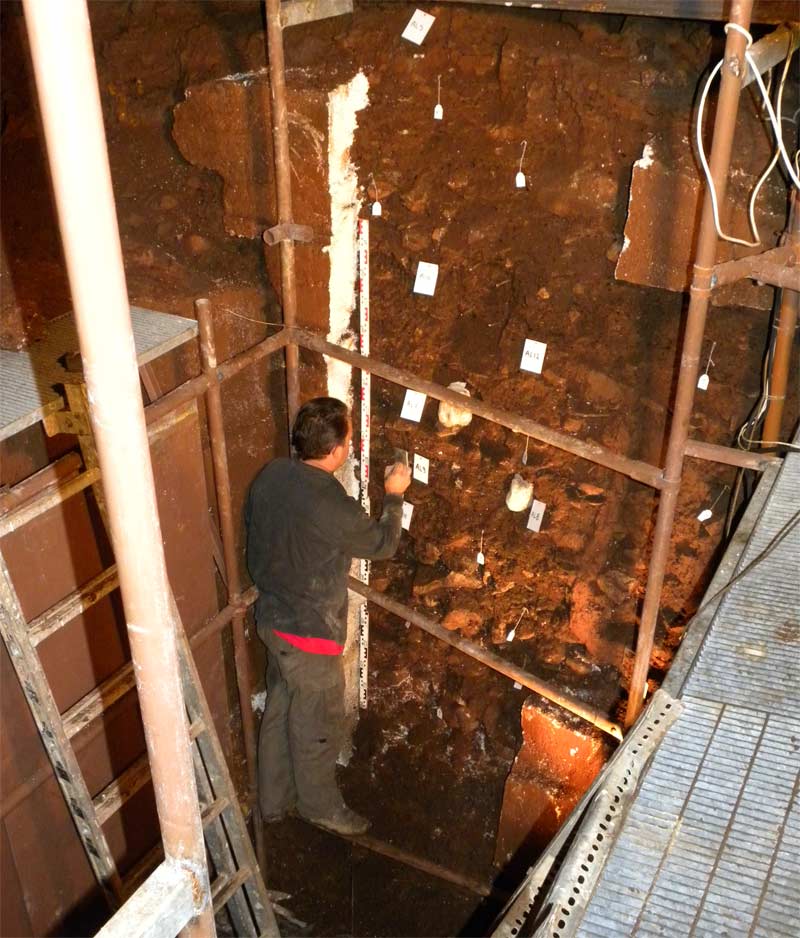
Researcher Takis Karkanas analyzing deposits in Alepotrypa Cave, located in southern Greece. The main chamber of the cave is about 200 feet (60 meters) tall and up to about 330 feet (100 m) wide. Altogether, the cave is nearly 3,300 feet (1,000 m) long, large enough to have its own lake, in which famed explorer Jacques Cousteau once scuba-dived.
Human Burial
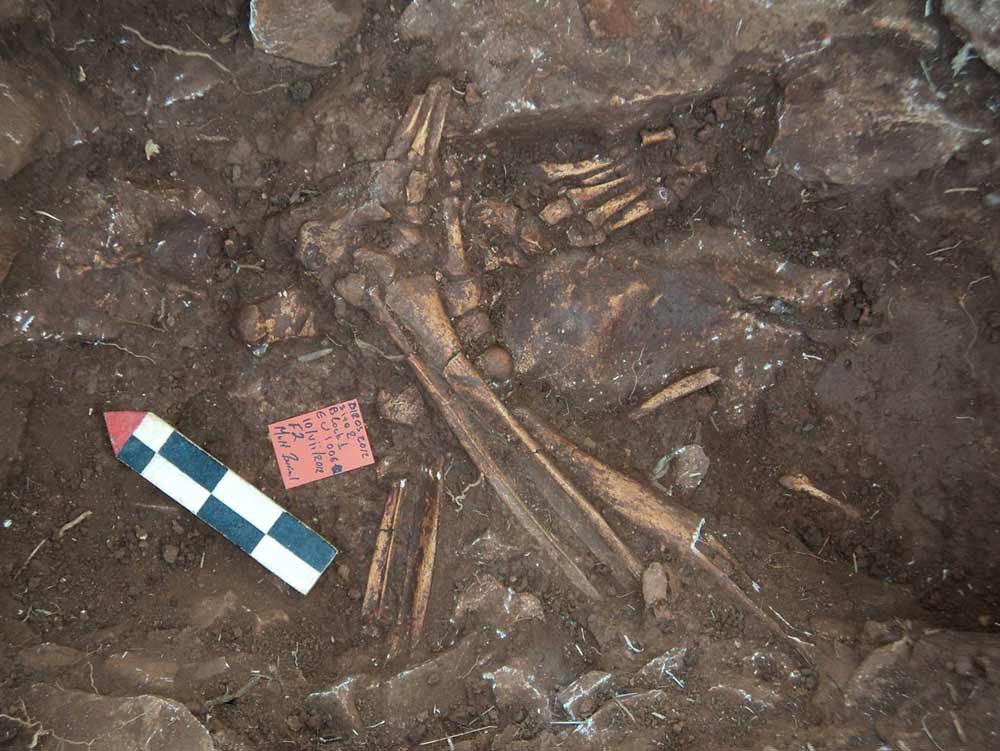
People apparently performed burials in the cave, and at a nearby open-air site, like this human adult burial (shown here), while conducting rituals that involved burning huge amounts of dung and depositing large amounts of colored and finely painted pottery.
Infant Burial
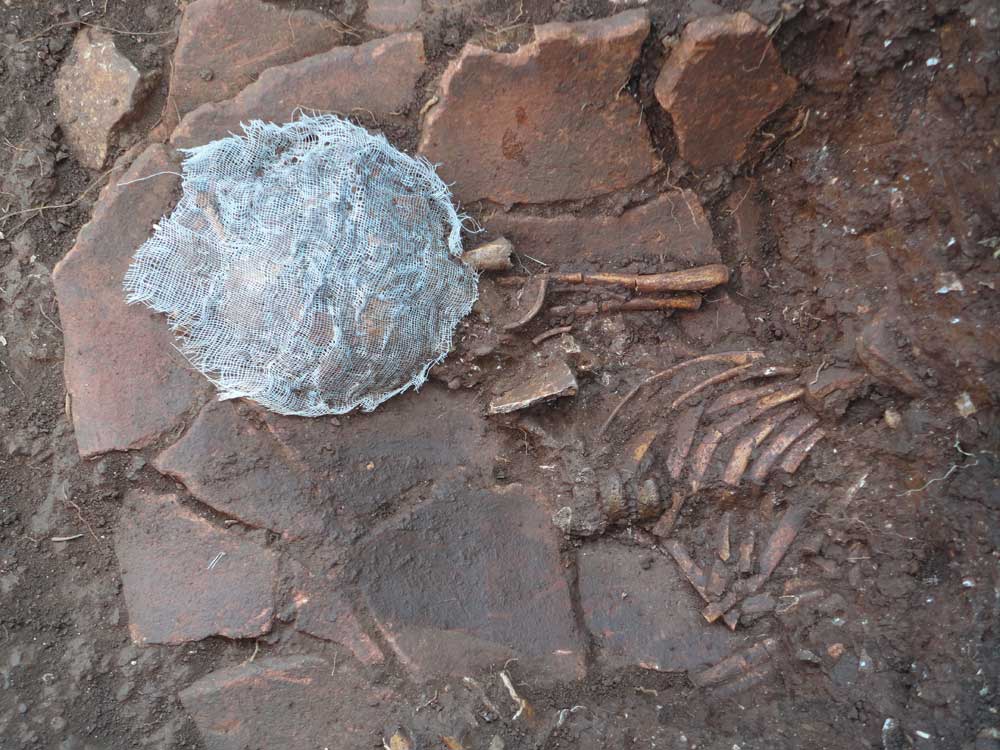
Excavation of a Final Neolithic infant/child burial at the Ksagounaki open-air site near Alepotrypa Cave. "The burial sites and rituals that took place really do give the cave an underworld feel. It's like Hades, complete with its own River Styx," said researcher Michael Galaty, an archaeologist at Millsaps College in Jackson, Miss., referring to the river that in Greek myth served as the boundary between the mortal realm and the netherworld.
Diros Bay
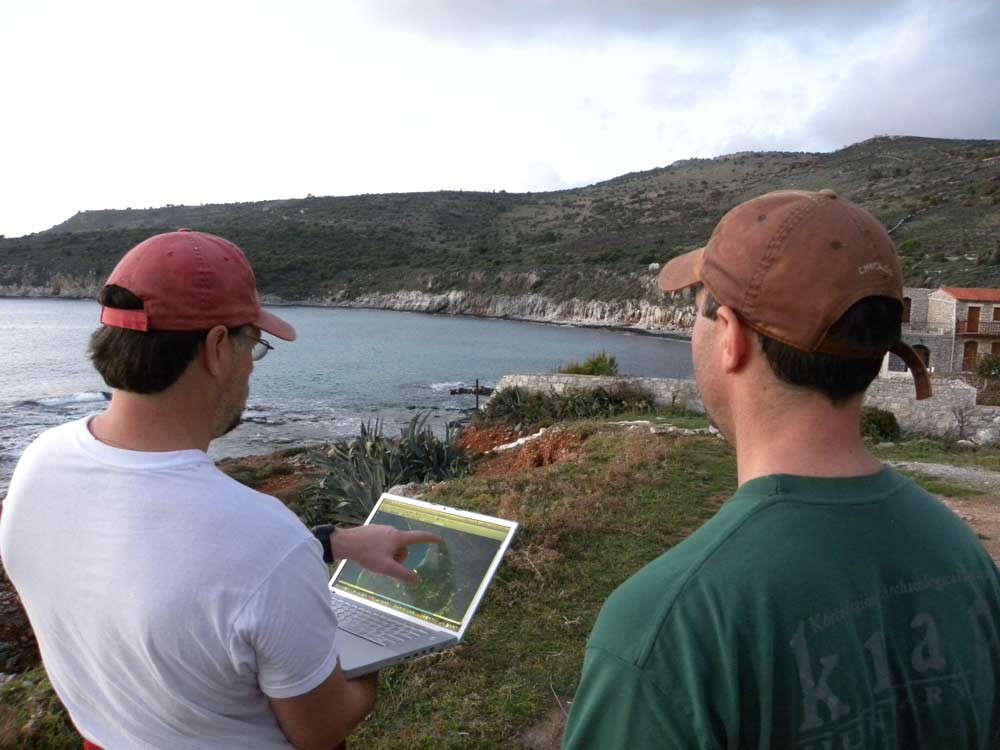
Diros Project co-directors Michael Galaty and William Parkinson, of The Field Museum, overlooking Diros Bay in the western Mani, the location of Alepotrypa Cave.
First Excavator
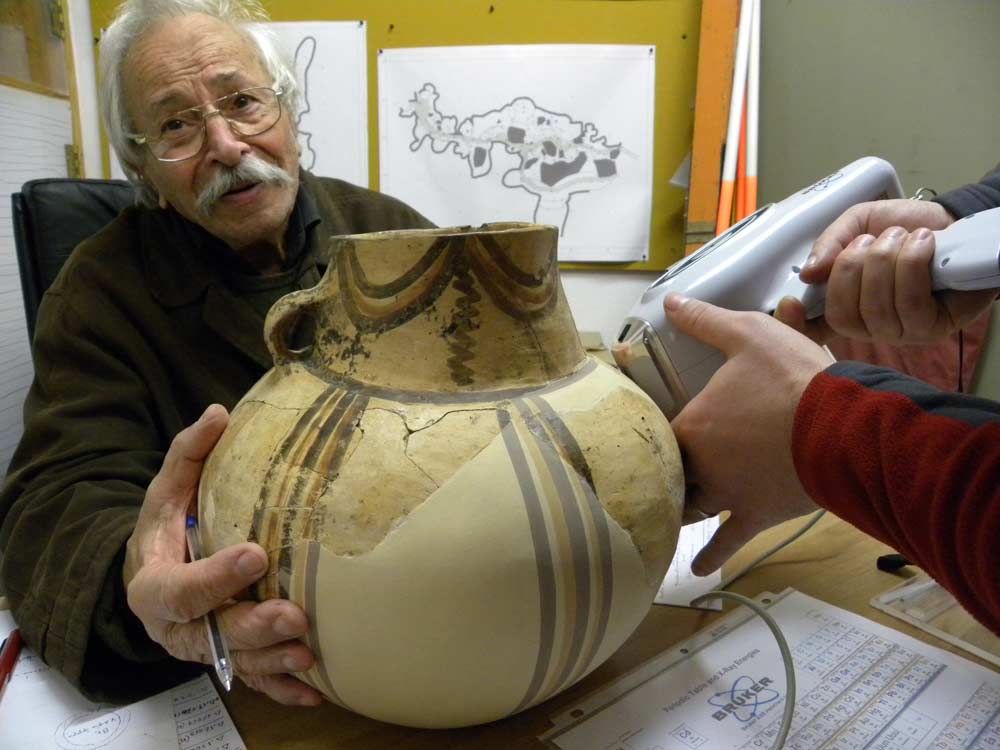
For about 40 years, excavations at Alepotrypa were largely the singlehanded work of Greek archaeologist and now director of the Diros Project, Giorgos Papathanassopoulos (shown here). In the last three years, Papathanassopoulos has reached out to other archaeologists, who have helped uncover a wealth of new insights on the site.
Open-Air Site
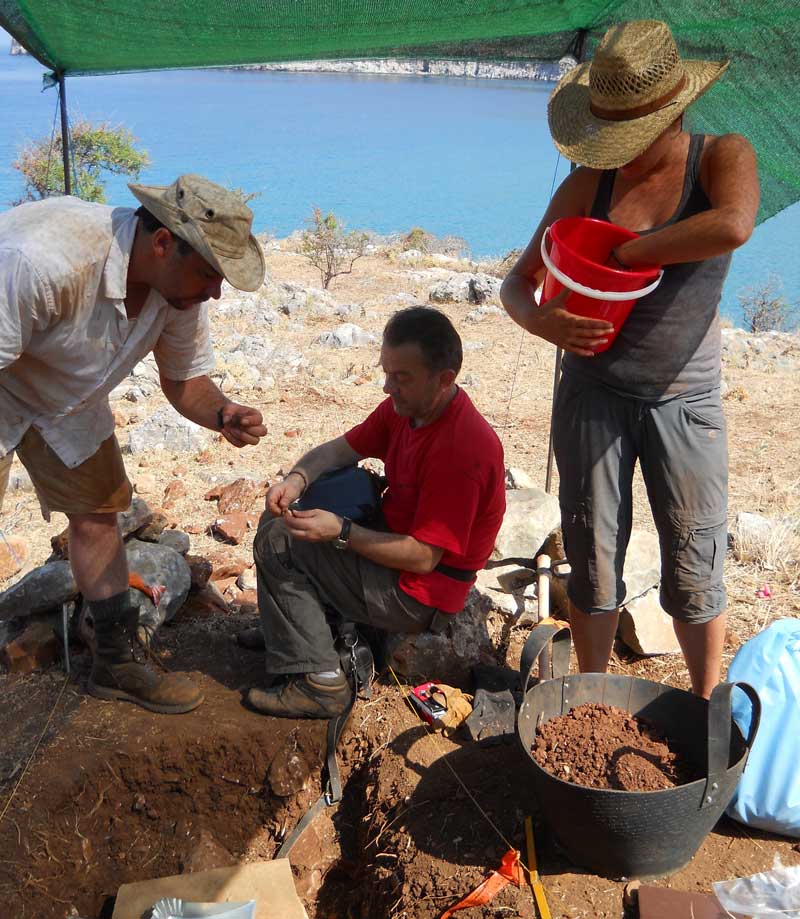
Diros Project members digging at Ksagounaki open-air site near the cave.
Sign up for the Live Science daily newsletter now
Get the world’s most fascinating discoveries delivered straight to your inbox.
Geophysical Tests
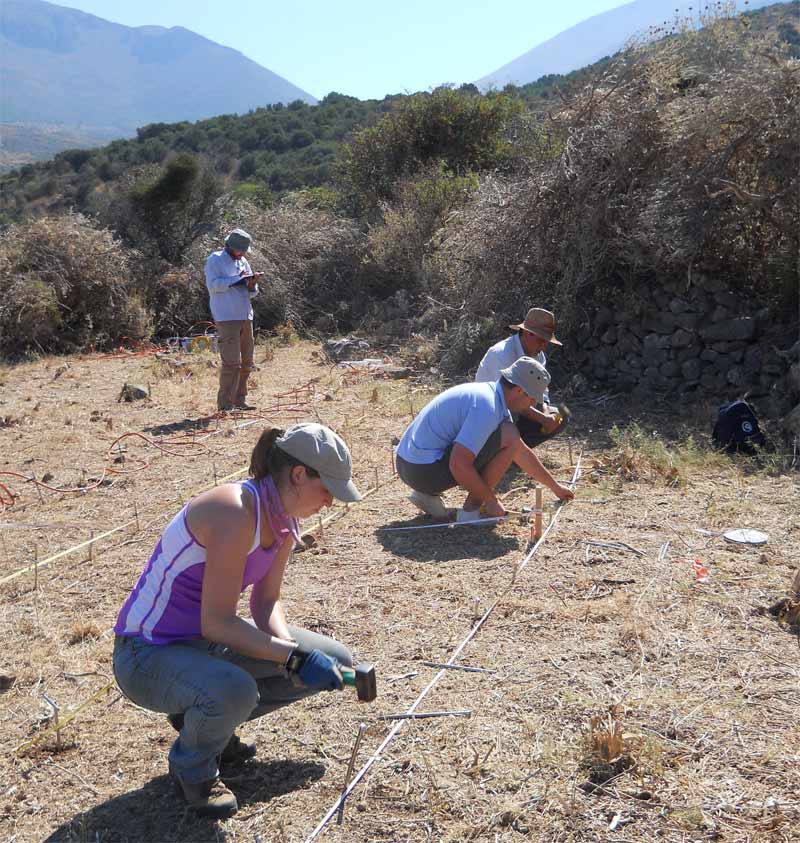
Diros Project members conduct geophysical tests at Ksagounaki under the direction of Apostolos Sarris (FORTH), in hat.
Prehistoric Pottery
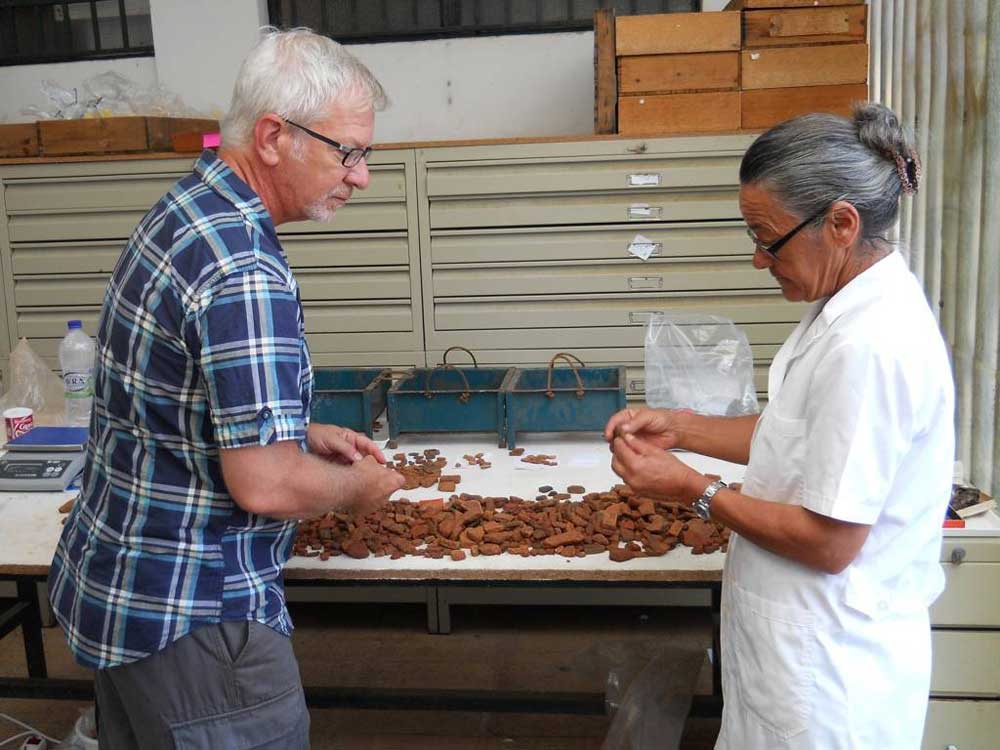
Diros Project museum director Daniel Pullen (Florida State) studies one of the thousands of Neolithic pottery sherds excavated from Alepotrypa Cave and Ksagounaki.
Exhuming Human Remains
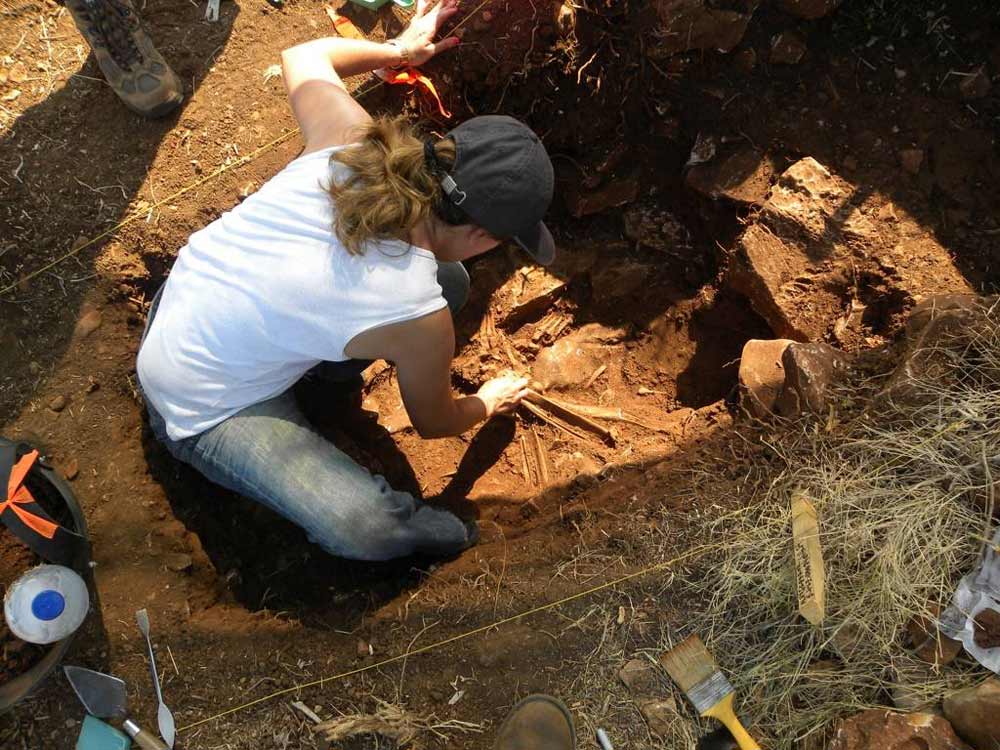
Diros Project co-director Anastasia Papathanasiou (Ephorate of Paleoanthropology and Speleology SG Hellenic Ministry of Culture) excavates a multiple adult inhumation at Ksagounaki.
Overlooking a Bay
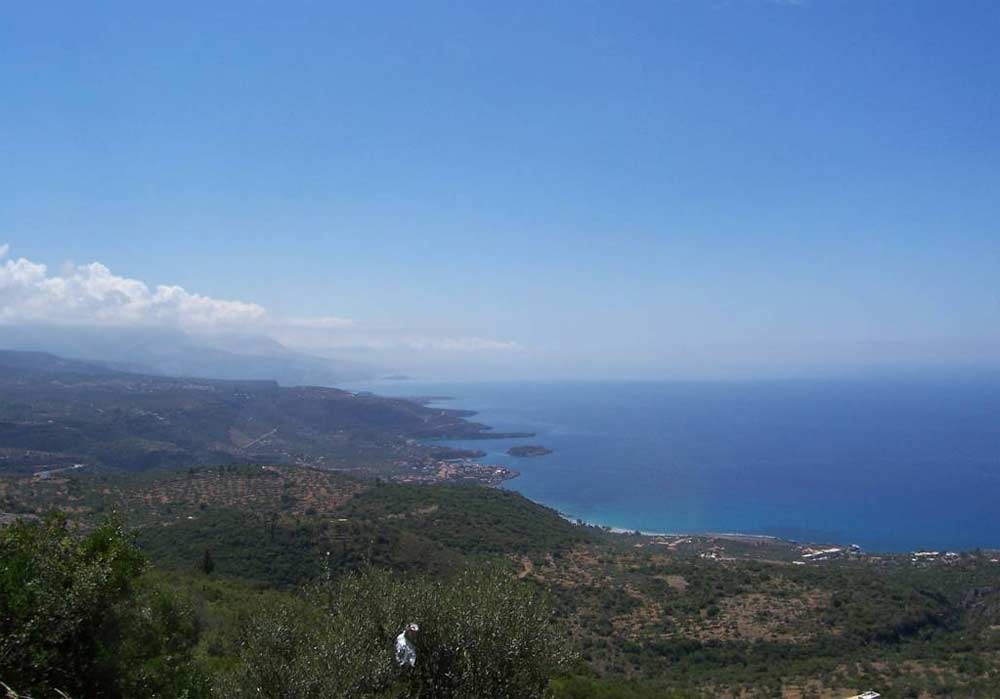
View south down the western coast of the Mani Peninsula, Greece, toward Diros Bay.










